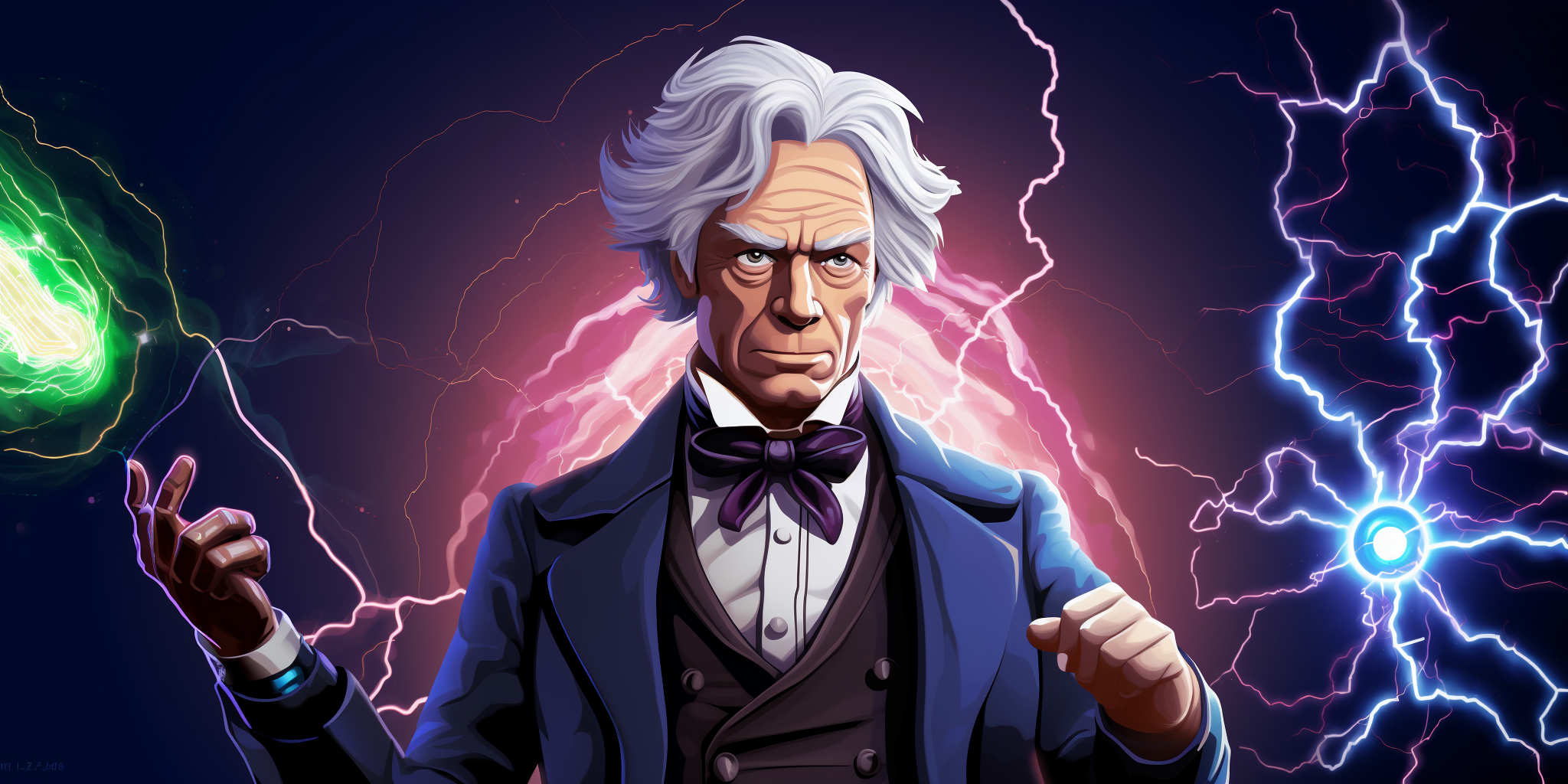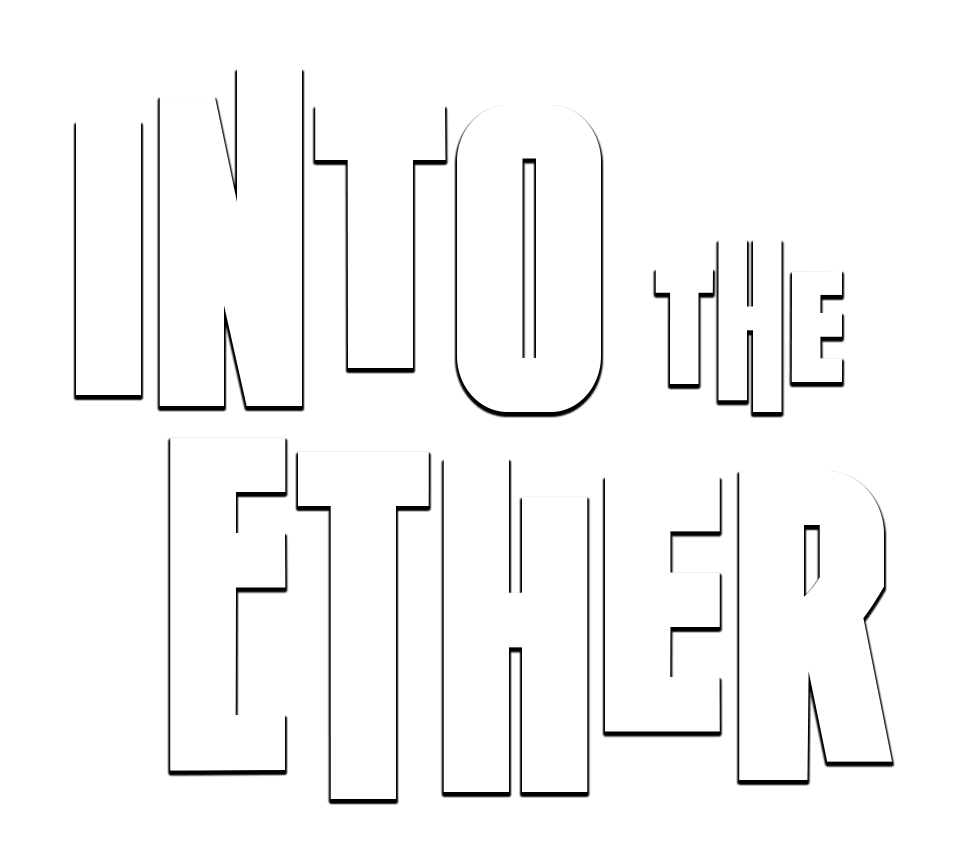Faraday's Grave
What if he could encode his most vital knowledge into a long-lasting electromagnetic wave, something that could survive long after the machinations of his rivals had faded?

The mountain air in Colorado Springs was crisp and electrically charged on that momentous day. Nikola Tesla, the visionary genius, stood in front of his towering creation. The Tesla Tower, an experimental wireless transmission station, was constructed with grand ambitions. Tesla believed in a world connected through invisible waves, where information flowed freely and power was available for all.
As Tesla gazed at his Tower, a certain melancholy weighed on him. His clash with Thomas Edison, and now the looming interference from J.P. Morgan, had drained him mentally and emotionally. The titans of industry, driven by greed and a desire for control, seemed intent on pushing him to the margins.
And yet, as Tesla prepared to turn on his tower for the first time, an unexpected bout of inspiration struck him. He remembered the whispers of strange messages from beyond, stories of interstellar communications and otherworldly voices. Though often dismissed as a myth or the overactive imagination of a genius, Tesla held onto a wild thought: What if he could encode his most vital knowledge into a long-lasting electromagnetic wave, something that could survive long after the machinations of his rivals had faded?
The idea was audacious, but so was Tesla. As the energy surged and the tower hummed to life, Tesla tapped into his extensive notes and discoveries. He transformed them into complex waveforms, encoding each insight, each breakthrough into a lasting electromagnetic signature. This wasn't just a message; it was a legacy, an ark of knowledge destined to sail through the ages.
In the midst of this Herculean task, an unexpected transmission echoed back to him. The pattern was strange, unfamiliar, yet eerily reminiscent of the waveforms Tesla himself had been working with. As he parsed the message, his astonishment grew. The communication seemed to be from Michael Faraday, the brilliant 19th-century scientist whose pioneering work laid the foundation for much of Tesla's own research.
In Tesla's weary mind, the message unfurled: Faraday had discovered a method to inject his knowledge into the very fabric of the electromagnetic field. Aware that future innovators would push the boundaries of his discoveries, he left a breadcrumb trail for them. Tesla was the chosen one, the torchbearer in this relay of scientific progress.
But the weight of age and the world bore heavily on Tesla. He had the key to unlock further wonders, but time was a luxury he no longer possessed. Recognizing this, he fortified his encoded message, channeling the immense power of the tower. Using principles he had glimpsed but not fully grasped, touching upon concepts akin to the emerging quantum mechanics, Tesla sent his "packet" of information into the ether, hoping it would be discovered by the next prodigious mind.

